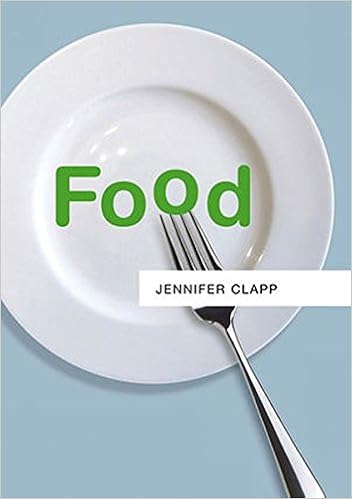Source: http://www.sonima.com/fitness/full-body-workout/
Watch video on YouTube.
https://www.youtube.com/watch?v=iukTokR0C7w
When it comes to fitness, it’s not just about what you do or how, but also why you’re doing it. Not all workouts have to be about work—even if they’re challenging. Before you start this 15-minute routine designed by Pete Egoscue, Sonima.com’s alignment expert and author of multiple books including Pain Free, try to set an intention to take this time for yourself, give back to your mind and body, be present in the moment, and aim to have fun. Fact is, you’re not at your desk, in your car, or out running errands. You’re taking a much-deserved recess just like when you were a kid and you’ll feel great for it afterward. And if you don’t have a full 15 minutes to dedicate to this, doing one of the three principle moves in this full-body workout—including plank variations, static squat, and up-downs—when you can will help increase total strength over time.
Related: It’s Time to Bring Happiness to Your Workout
The post The 3×3 Full-Body Workout appeared first on Sonima.
…


